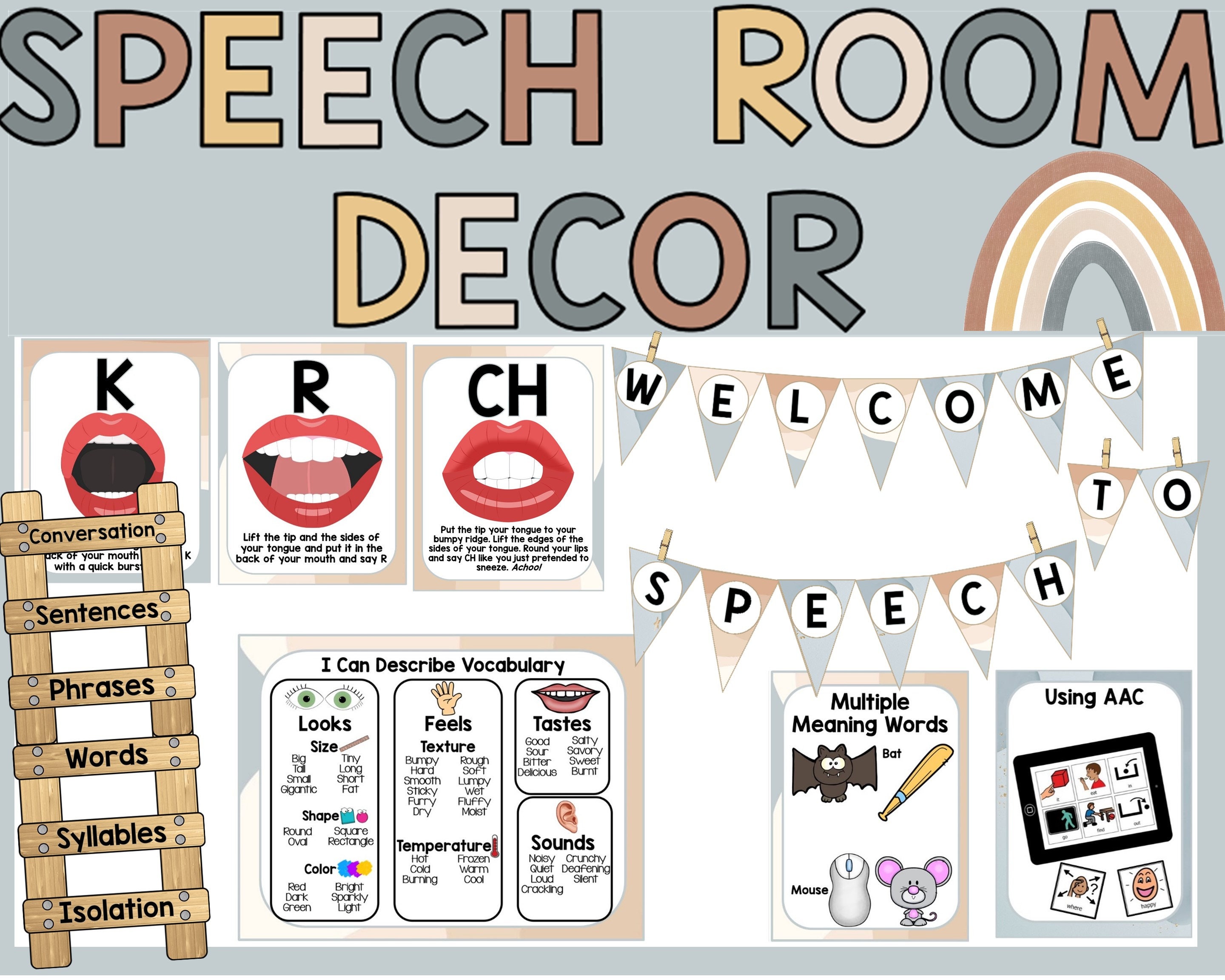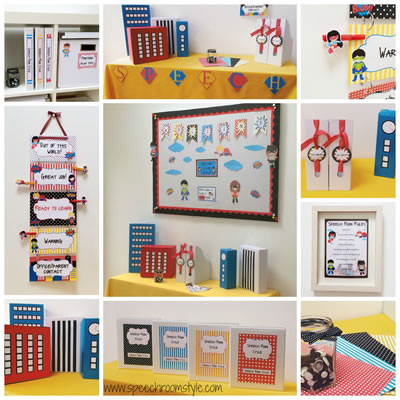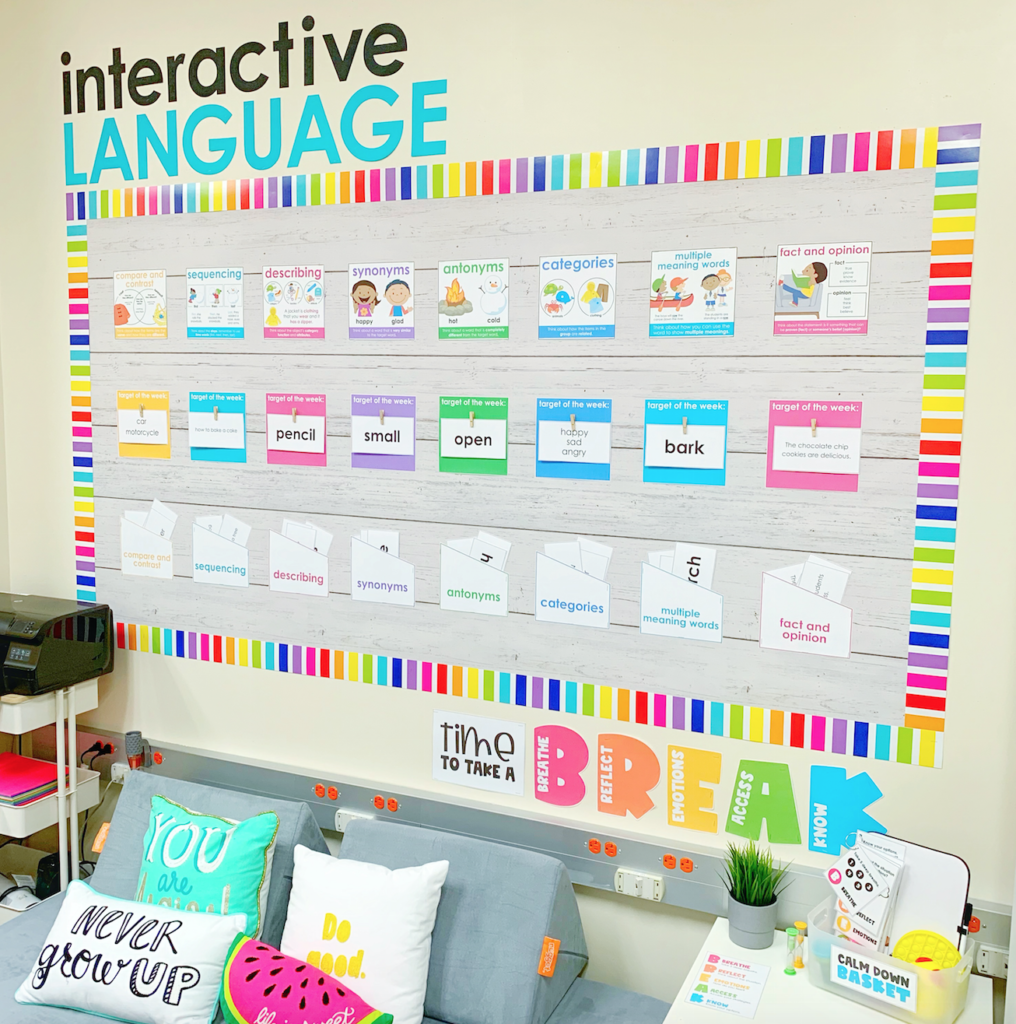As a certified speech therapist with years of experience, I’ve learned that the environment we create in our therapy rooms plays a vital role in encouraging communication and learning. In this comprehensive guide, we will explore effective ideas and strategies for speech therapy room decor that not only enhance the aesthetic appeal of the space but also promote a productive therapy experience.
Why Decor Matters in Speech Therapy Rooms
The decor in a speech therapy room can significantly influence a client’s behavior, engagement, and overall experience. A well-designed space can:
- Create a welcoming atmosphere
- Encourage interaction and exploration
- Minimize distractions
- Support the therapist’s goals in each session
Elements of Effective Speech Therapy Room Decor
When it comes to decorating a speech therapy room, various elements can contribute to a supportive environment. Below, I’ve outlined key components to consider.
1. Color Schemes
Colors have psychological effects and can set the tone for an environment. Here are some considerations:
| Color | Psychological Effect | Best Used In |
|---|---|---|
| Blue | Calming | Relaxation zones |
| Yellow | Cheerful and Welcoming | Activity areas |
| Green | Refreshing and Rejuvenating | Focus areas |
| Red | Stimulating | Creativity zones |
2. Furniture Selection
Choosing the right furniture is crucial in a speech therapy room. Here are some factors to consider:
- Comfort: Ensure chairs and cushions are comfortable for both the therapist and clients.
- Adjustability: Opt for furniture that can be easily adjusted for various activities.
- Storage: Include storage solutions for materials to keep the room organized.

Recommended Furniture Options
| Furniture Type | Pros | Cons |
|---|---|---|
| Ergonomic Chairs | Great for posture, comfortable | Can be expensive |
| Adjustable Tables | Versatile for various activities | May require maintenance |
| Soft Play Mats | Encourages movement, safe | Needs regular cleaning |
3. Wall Decor
Wall decor can serve both aesthetic and functional purposes. Here are a few ideas:
- Educational Posters: Use colorful posters that illustrate speech techniques and vocabulary.
- Interactive Boards: Incorporate whiteboards or chalkboards for interactive sessions.
- Art Displays: Showcase artwork created by clients to foster a sense of pride and ownership.

Tips for Choosing Wall Decor
- Opt for non-toxic materials
- Ensure that items are securely attached to prevent accidents
- Keep the design cohesive with the overall theme of the room
Creating Functional Areas Within the Room
While decorating, consider creating specific functional areas within your therapy room:

1. Reading Nook
A cozy reading nook can help clients feel more comfortable and relaxed. Equip it with:
- Pillows and cushions
- A small bookshelf with age-appropriate books
- Soft lighting
2. Interactive Play Area
Incorporate an area filled with toys and games that promote speech and language development:
- Puzzles
- Role-play costumes
- Creative arts and craft supplies

3. Focus Zone
A focus zone with minimal distractions is essential for concentration and learning:
- Use soundproofing materials
- Keep this area decluttered
- Include necessary resources nearby
Incorporating Technology
Technology can enhance speech therapy sessions. Here are ways to integrate it:

1. Tablets and Apps
Using tablets loaded with educational apps can make learning fun and interactive. Some popular apps include:
- Articulation Station
- Speech Blubs
- Voice4u
2. Interactive Whiteboards
These boards can enhance visual learning with the ability to display interactive activities, which encourages participation.

3. Audio Systems
Consider an audio system that can play background music or speech exercises. This can create a soothing environment and aid in focusing.
Pros and Cons of Speech Therapy Room Decor
Understanding the advantages and disadvantages can help in the decision-making process:

Pros
- Encourages a positive therapy experience
- Enhances learning and engagement
- Can be customized according to individual client needs
Cons
- Initial setup costs can be high
- Regular updates and maintenance may be required
- Decor can become outdated over time
Personal Experience in Room Decor
During my early days as a therapist, I encountered a challenge with a particularly shy child who resisted speaking during therapy. After revamping my therapy room with bright colors and interactive elements, I noticed an immediate change in their willingness to engage. This experience solidified my belief that a thoughtfully designed space can truly foster communication and confidence.
FAQs about Speech Therapy Room Decor
What are some budget-friendly decor ideas for a speech therapy room?
Options include DIY projects, utilizing second-hand furniture, and incorporating easily changeable elements like artwork or bulletin boards.
How can I make a small speech therapy room feel larger?
Use light colors, mirrors, and smart storage solutions to maintain a tidy space that feels more open and airy.
Are there specific materials to avoid in a speech therapy room?
Avoid materials that can cause allergies, are difficult to clean, or have harsh chemicals, such as certain plastics or paints.
How often should I update the decor in a speech therapy room?
It’s good to refresh the decor every few years or when you notice that client engagement has declined.
Conclusion
Decorating a speech therapy room is not just about aesthetics; it’s about creating an environment that fosters communication, learning, and growth. By considering elements like color, furniture, and functional zones, you can design a room that enhances therapeutic outcomes and makes your clients feel at home. Remember, the goal is to create a space that resonates with your clients and encourages them to explore the world of communication.